Hurricane, the word was full of romantic terrors…
– Richard Hughes, A High Wind in Jamaica
I have a fantasy of riding out a hurricane in a shabby hotel in the Florida Keys, like Mr. Bogart in Key Largo.
I began this piece last week, however, sitting by the fire in a snug inn in the Blue Ridge Mountains of North Carolina. We guests were, as the saying goes, hunkered down – waiting for a hurricane – Hurricane Florence, to be precise.
Let me explain. My wife Cynthia and I flew into Atlanta two days earlier, September 12th , and once we’d straightened up and had a look around that fascinating city, we drove up here to Asheville. We’d come to explore the famed Blue Ridge Parkway – 469 miles through some of the lovliest country on Earth. I know this because I’d seen it before, and that experience is still sharply etched in my mind. I longed to see it again and was eager to show it to Cynthia.
It was in the spring 1968 when my buddy Bruce and I took a motorcycle trip through a large swath of eastern North America. We shoestring-travellers on a Honda 305 Dream loaded with cheap camping gear wove our way through the Midwest, Appalachia, and then up the Eastern Seaboard. The trip was characterized by terrible weather, frayed nerves and several locals straight out of Deliverance.
The hardships, however, were more than worth it; the high point of the entire trip was beholding for the first time the matchless beauty of the Blue Ridge Mountains – an infinite regression of forested hills stretching to the horizon, swaddled in an otherwordly blue haze. My heart soared.

Our plans were knocked on the head the morning I started to write this – Hurricane Florence came smashing ashore not far from where I sat. Thirty inches of rain and 100 mph winds were forecast. People in the hotel were worried, you could tell. I heard the desk staff on the phone quoting inflated rates, and later turning desperate people away.
For days before Florence hit, the media predicted “catastrophic” winds and flooding. To me, many of the reporters displayed a certain relish in their dire predictions. To be fair, though, the media’s position is rather delicate: they certainly need to issue sensible warnings, while at the same time avoiding inciting blind panic.
If they do predict a catastrophe, at least they can’t be blamed for sleeping on the job. The word catastrophe was on everyone’s lips that day; the word itself, by the way, is from the Greek meaning overturning. The sophistication and versatility of ancient Greek is a constant wonder to me.
We hear of hurricanes a lot in the fall of the year, and they especially strike fear into the hearts of people along the east coast of North America. Much effort is expended in assessing each hurricane: origin, development, intensity, predicted path and so on. I was interested to learn that the statistical peak of the hurricane season is September 10th – two days before we arrived in the area. What were we thinking?
I obviously didn’t know much about hurricanes, so I did some digging. First of all, the word hurricane, I was interested to learn, properly applies only to storms in the Atlantic or northeastern Pacific Oceans. In other regions, similar events are called tropical cyclones, or typhoons.The reason that “hurricanes” are mainly associated with the Caribbean is that the word itself comes from the language of the indiginous Taino Arawak people of that area. They called their god of the storm Hurcan. My eyebrows shot up when I learned this.
And then there’s the strange fact that since 1953 they’ve been given names, like children or pets. National Post columnist Tristin Hopper perceptively notes, “It’s easier to run from something with a name.” The names themselves were all feminine until 1978, when the policy was changed; the next hurricane that swirled into being was called Bob. Assigned genders have alternated ever since. There is debate over which gender of hurricane is more dangerous, and why. Each side has its adherents.
Hurricanes predictably develop between June and November, beginning as common thunder storms. What whips a mere storm into a hurricane? The process involves a complex interplay of wind, warm ocean water, cool air, low atmospheric pressure, gravity and the rotation of the earth – a full course in atmospheric physics. These all combine to produce a large air mass rotating around a centre of low pressure. Interestingly, Atlantic hurricanes always rotate counterclockwise.
What determines the hurricane’s direction and speed? Strangely enough, the movement of the hurricane itself has little to do with the winds within it. Think of a tempest in a teapot. If you move the teapot, you determine the direction and speed of the tempest. In fact, the speed and direction of the hurricane depend on the prevailing winds in that area of the ocean, also known as the steering flow, from east to west.
Hurricane Randomia:
- According to NASA, a single hurricane can release the power of 10,000 nuclear bombs, the equivalent of 200 times the world’s total electrical generating capacity. Let that sink in!
- The S. National Hurricane Center in Miami manages information on Caribbean Hurricanes and advises government authorities and the public.
- The Weather Reconnaissance Squadron of Biloxi, Mississippi operates ten Lockheed WC-130J hurricane hunter aircraft that fly directly into hurricanes collecting data. First produced in 1954, this aircraft has had the longest production run in military aviation history.
- The costliest hurricane in history was Katrina in 2005 – $108B.
- The deadliest hurricane (8-12,000) in U.S. history struck Galveston, Texas, on Sept.9, 1900. The death toll was 8000 or more; it was the country’s worst ever natural disaster.
So, I pretty well have hurricanes on the brain these days; they are horrifying, but also fascinating and rather spine-tingling. I have ruled out actual hurricane-chasing myself, but next fall, in keeping with my bucket-list item of riding out a hurricane in the Keys, I plan to book at a quiet little place I’ve found on Shoreland Drive on Key Largo. It’s got a wonderfully seedy name – the Tarpon Flats Inn. Bogey’s ghost likely hangs out in the bar. It looks just about perfect to me.
I can hardly wait.

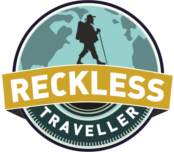
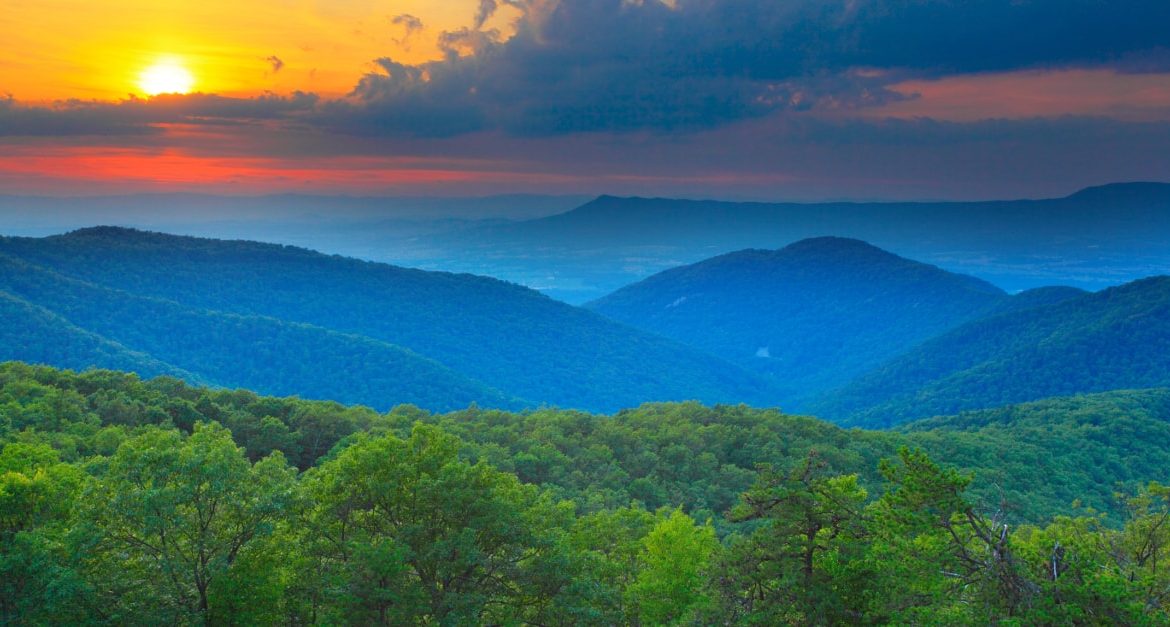
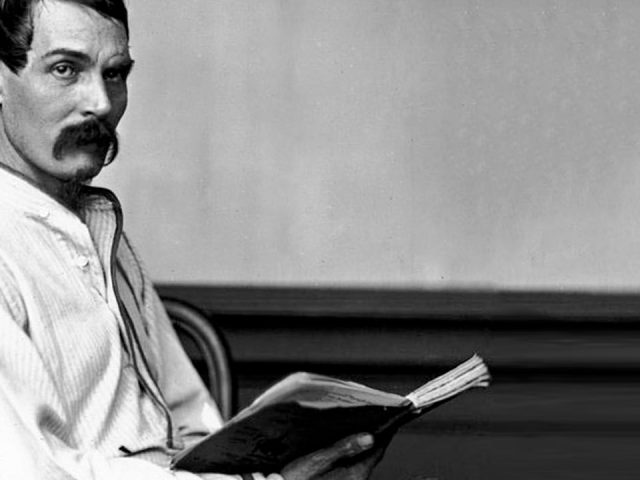
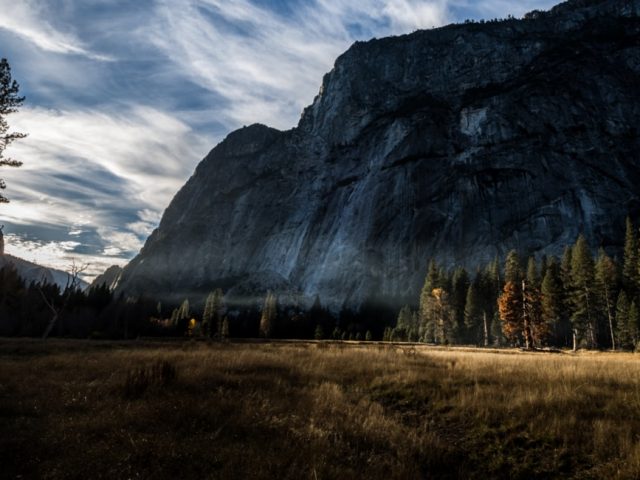
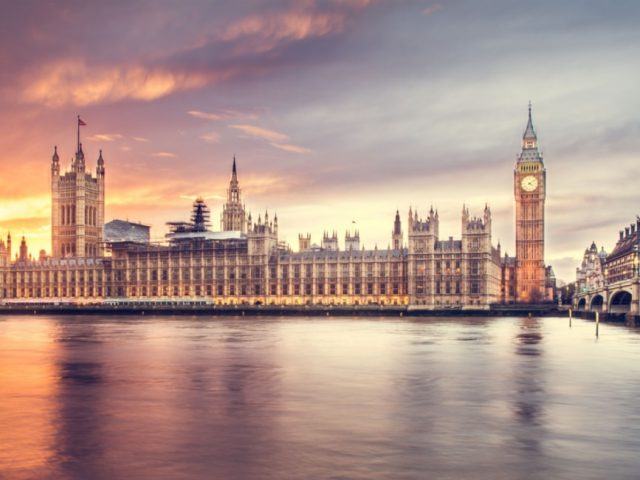
Facebook Comments